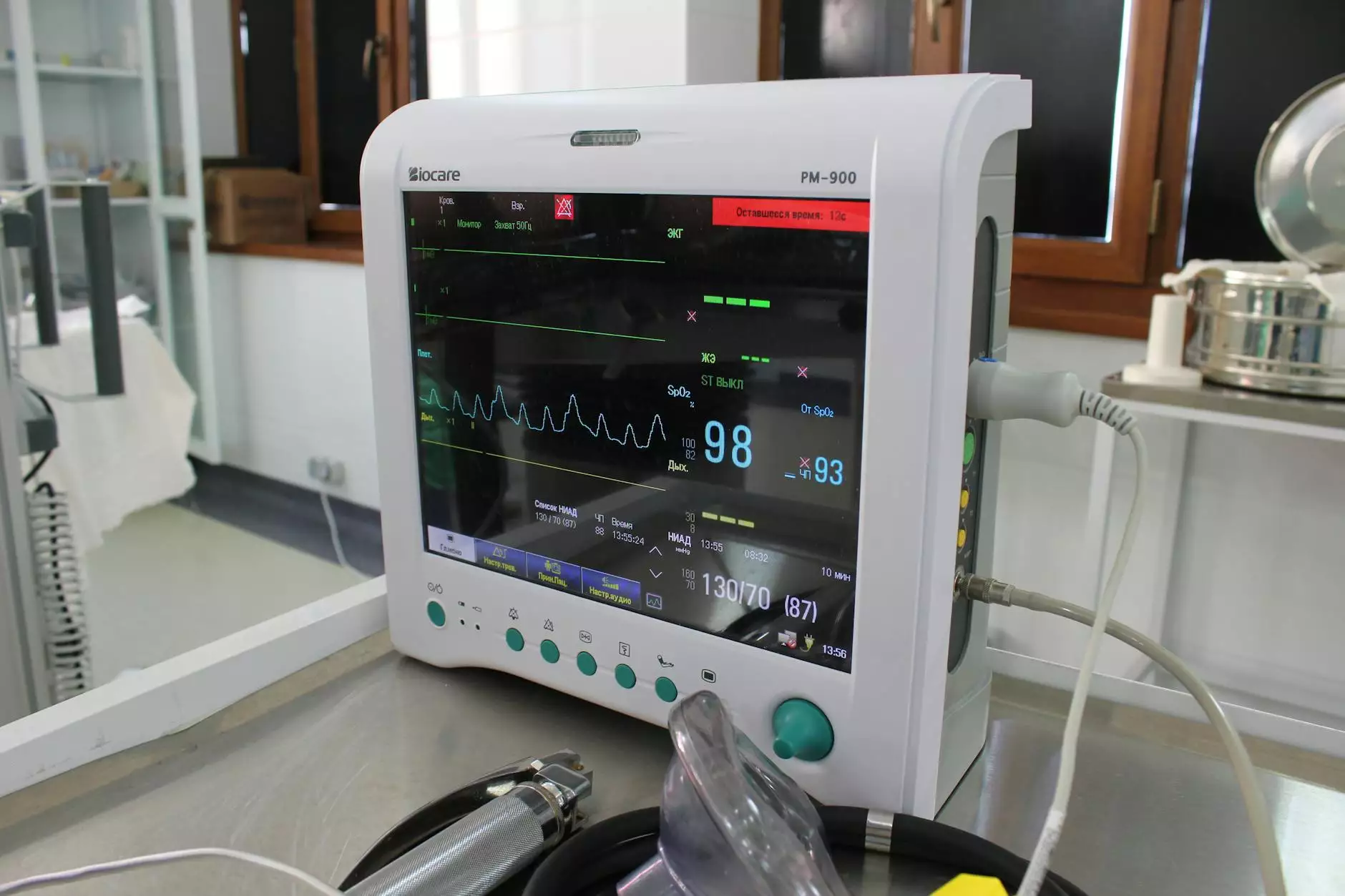Understanding Chronic Leg Pain

Chronic leg pain is a prevalent condition that affects many individuals, leading to significant discomfort and impaired mobility. Its causes can vary widely, ranging from vascular issues to musculoskeletal disorders. This comprehensive article provides an in-depth exploration of chronic leg pain, including its causes, symptoms, treatment options, and preventive measures.
What is Chronic Leg Pain?
Chronic leg pain is defined as persistent or recurrent pain in the legs that lasts for more than three months. Unlike acute pain, which is typically a response to injury or surgery, chronic pain is often linked to underlying health issues that can make diagnosis and treatment complex. This condition can manifest in various ways, including:
- Aching
- Burning sensations
- Sharp or stabbing pain
- Throbbing pain
Common Causes of Chronic Leg Pain
Understanding the potential causes of chronic leg pain is crucial for effective treatment. Some of the most common causes include:
1. Vascular Conditions
Vascular health plays a pivotal role in overall leg health. Conditions such as peripheral artery disease (PAD) can lead to reduced blood flow, causing pain, cramps, and discomfort. Other vascular issues include:
- Deep vein thrombosis (DVT): A blood clot in a deep vein, typically in the legs.
- Chronic venous insufficiency: A condition where the veins struggle to send blood back to the heart, often leading to swelling and pain.
2. Musculoskeletal Disorders
Musculoskeletal issues are another significant cause of chronic leg pain. This includes conditions such as:
- Arthritis: Inflammation of the joints can cause pain in the knees and hips, impacting mobility.
- Fibromyalgia: This chronic pain disorder can lead to widespread muscle pain, including in the legs.
- Plantar fasciitis: Inflammation of the tissue on the bottom of the foot can lead to pain radiating up to the legs.
3. Nerve-Related Issues
Nerve damage or irritation can lead to symptoms of chronic leg pain. Common causes include:
- Diabetic neuropathy: Often a complication of diabetes, this condition can cause numbness and pain in the legs.
- Herniated discs: Displacement of vertebral discs can press on nerves leading to pain radiating down the legs.
Symptoms Associated with Chronic Leg Pain
Individuals suffering from chronic leg pain may experience a variety of symptoms, including:
- Persistent aching or heaviness in the legs
- Swelling and inflammation
- Stiffness in the joints
- Weakness or fatigue in the legs
- Numbness or tingling sensations
Diagnosis of Chronic Leg Pain
Diagnosing the cause of chronic leg pain can be challenging, as it often requires a comprehensive evaluation. The diagnostic process may include:
- Medical History Review: A detailed discussion of symptoms, lifestyle habits, and any previous medical conditions.
- Physical Examination: A thorough examination to identify pain points, swelling, and range of motion issues.
- Diagnostic Imaging: X-rays, MRIs, or ultrasounds may be used to visualize internal structures and detect abnormalities.
- Blood Tests: Laboratory tests may help identify underlying conditions such as diabetes or clotting disorders.
Treatment Options for Chronic Leg Pain
Treating chronic leg pain effectively requires a multifaceted approach tailored to the individual's specific causes and symptoms. Some common treatment options include:
1. Medications
Over-the-counter pain relievers such as ibuprofen or acetaminophen can provide temporary relief. For more severe pain, doctors may prescribe:
- Nonsteroidal anti-inflammatory drugs (NSAIDs)
- Antidepressants: Certain types can help alleviate chronic pain.
- Anticonvulsants: These can be beneficial for nerve-related pain.
2. Physical Therapy
Engaging in physical therapy can help strengthen muscles, improve flexibility, and enhance overall mobility. A physical therapist may create a personalized exercise plan targeting the affected areas.
3. Lifestyle Modifications
Adopting a healthier lifestyle can significantly impact chronic leg pain. Consider integrating the following:
- Weight Management: Maintaining a healthy weight can reduce strain on the legs.
- Regular Exercise: Low-impact exercises like swimming or cycling can improve circulation and leg strength.
- Healthy Diet: A diet rich in vitamins and minerals can promote vascular health.
4. Advanced Treatments
In certain cases, advanced treatments may be necessary, including:
- Injections: Corticosteroid or nerve block injections may provide relief for specific pain sources.
- Surgical Options: Surgery may be considered in severe cases, especially for conditions like DVT or severe arthritis.
Preventive Measures for Chronic Leg Pain
Preventing chronic leg pain is often possible through proactive measures. Here are some effective practices:
- Stay Active: Regular physical activity can improve circulation and reduce the risk of vascular-related issues.
- Wear Supportive Footwear: Shoes that provide adequate support can alleviate stress on the legs.
- Maintain Proper Posture: Good posture helps reduce strain on the legs and spine.
- Stay Hydrated: Proper hydration aids in overall vascular health, potentially reducing leg pain.
Consulting Medical Professionals
If you're struggling with chronic leg pain, it's vital to consult with healthcare professionals who specialize in vascular medicine and chronic pain management. At Truffles Vein Specialists, we are dedicated to providing expert diagnosis and treatment tailored to your needs. Our team adopts a holistic approach to care, ensuring all aspects of your health are considered.
Conclusion
In conclusion, chronic leg pain can significantly affect one’s quality of life, but understanding its causes and treatment options is the first step toward relief. With proper diagnosis, effective treatment, and preventive measures, it is possible to manage and reduce the impact of this condition. Don't hesitate to reach out to specialists at Truffles Vein Specialists to receive personalized care tailored to your unique circumstances.









